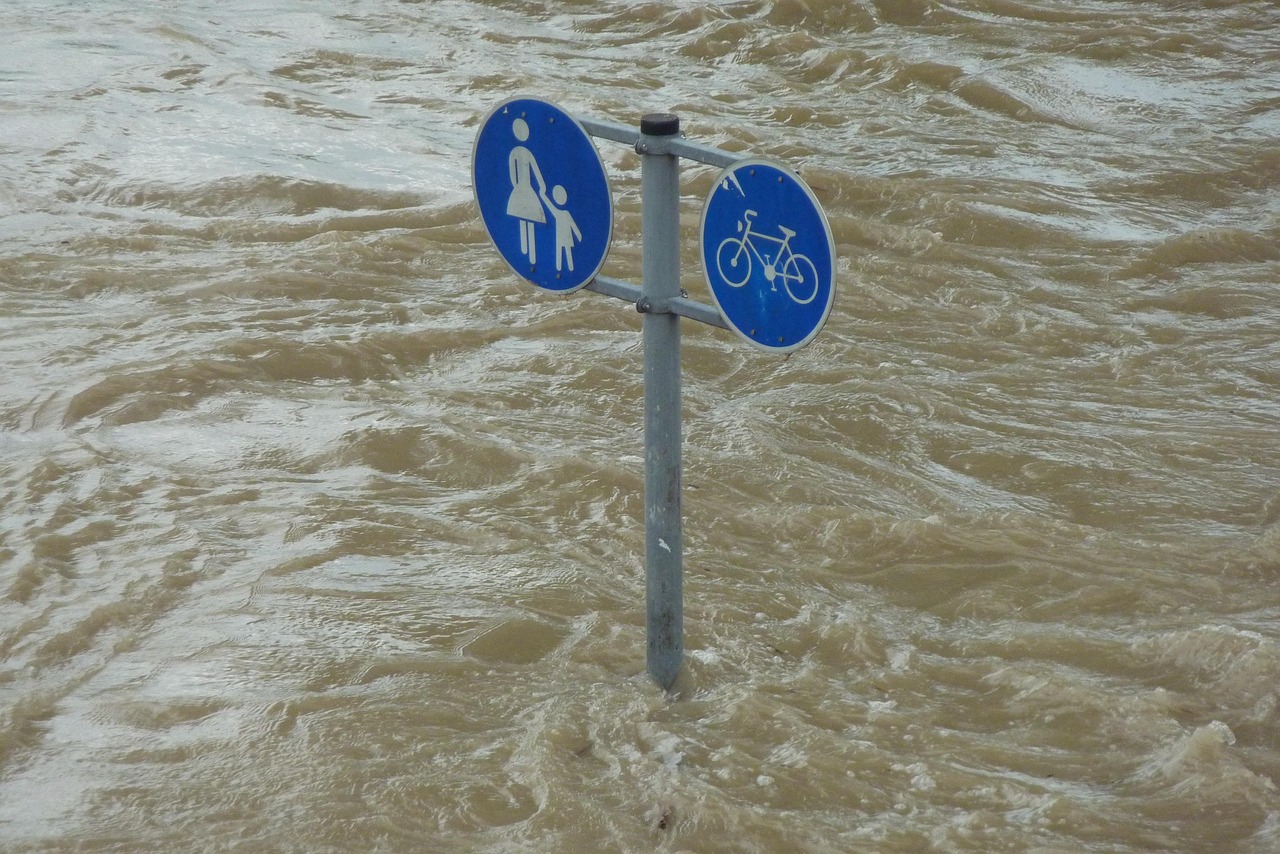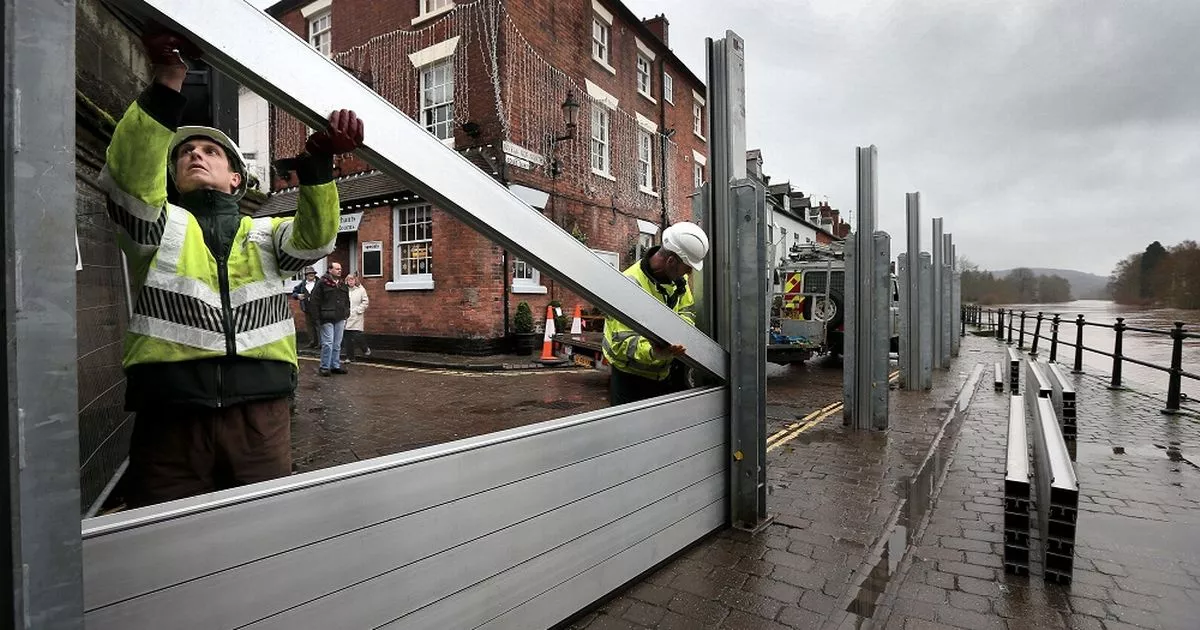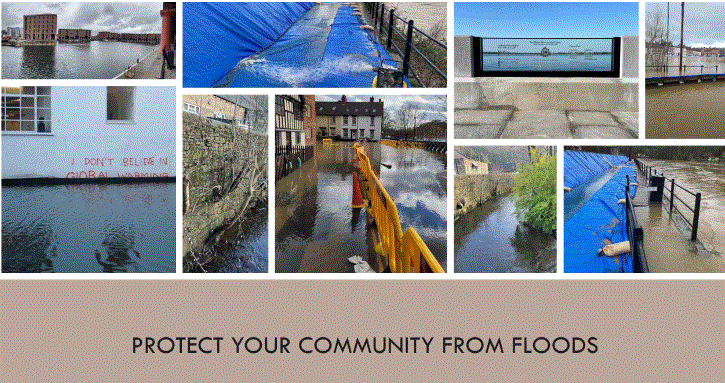Floods are becoming more frequent and severe across Australia, driven by climate change and extreme weather events. While the immediate devastation is evident, many of the most damaging consequences are hidden beneath the surface.
For property owners, the flood impact goes far beyond soaked carpets and damaged walls. The financial, emotional, and structural breakdown can linger for years, often catching people unprepared. Recognising these hidden costs is crucial for building true resilience and ensuring a faster, more effective recovery.
This blog reveals the often-overlooked consequences of flooding and explains why understanding them is crucial for effective preparation and recovery.
What Are Hidden Flood Costs?
Let’s start with a simple definition. Hidden flood costs are the indirect, long-term, and often unaccounted-for consequences that follow a flood event. They don’t make headlines, and they’re not always covered by insurance, but they can drain your finances and well-being over time.
Here are just a few examples:
- Business downtime while waiting for repairs or utility restoration
- Mental health effects such as ongoing anxiety, depression, or trauma
- Insurance complications, including delays, disputes, or rising premiums
- Strain on infrastructure, from overwhelmed drainage systems to damaged roads
Recognising these costs is critical. They help you plan ahead, so you’re not blindsided by the ripple effects that surface months (or years) later.
Long-Term Financial Strain on Property Owners
The initial cleanup is just the beginning. For many property owners, the financial sting lingers.
- Ongoing repairs: Mould doesn’t disappear overnight. Structural issues can worsen with time if not thoroughly addressed. Replacing materials with flood-resilient alternatives isn’t cheap either.
- Insurance pain: You might find premiums skyrocketing, or in some cases, your property becoming uninsurable altogether. This is especially true in areas now classified as high-risk flood zones, where specialised flood recovery insurance can make all the difference.
- Property devaluation: Once a property has a history of flooding, buyers and lenders can become cautious. That affects your equity, sale potential, and ability to refinance.
These aren’t quick fixes. They’re slow-drip costs that erode your finances, especially if flood risk isn’t taken seriously in your long-term strategy.
Business and Economic Disruption
Floods can shut down entire business precincts in a matter of hours. But the economic drag doesn’t stop when the water drains.
- Lost income: Whether it’s a shop that can’t open or a farm cut off from markets, revenue stops while expenses keep ticking.
- Supply chain issues: Flooded roads or rail lines delay everything, from fresh produce to building supplies.
- Reputational damage: If your business can’t meet customer expectations due to disruptions, recovery takes more than just a mop and a marketing push.
For small businesses, especially in regional Australia, this kind of disruption can be make-or-break.
Health and Wellbeing Impacts
One of the most underestimated flood impacts is on mental and physical health.
- Stress and trauma: Watching your home or business go under is traumatic. Add insurance stress, displacement, and uncertainty, and it’s a mental health crisis waiting to happen.
- Public health risks: Floodwaters can carry sewage, chemicals, and bacteria, posing significant health hazards. Prolonged exposure to dampness contributes to respiratory issues and chronic illnesses.
- Healthcare costs: Whether it’s counselling sessions or medication, the price of recovery adds up.
Floods don’t just damage buildings; they weigh heavily on the people who live and work in them.
Impact on Community Infrastructure and Services
Flooding doesn’t happen in a vacuum. It hits roads, schools, hospitals, and local services all at once.
- Emergency services: Flood events strain emergency response teams, delaying help where it’s needed most.
- School closures and transport issues: Families lose routine. Kids miss school. Commuters face detours and delays.
- Public recovery burden: Councils often face significant costs in restoring infrastructure, money that might otherwise be allocated to other community improvements.
It’s not just private losses. Communities as a whole take a hit, which can slow regional recovery for years to come.
Environmental and Cultural Losses
Floodwaters don’t respect boundaries. They run through forests, farms, and heritage sites alike.
- Ecosystem damage: Erosion, sediment build-up, and pollution can degrade rivers, wetlands, and natural habitats.
- Agricultural impact: Crops drown. Soil quality declines. Recovery takes time and investment.
- Cultural losses: Australia has many sites of cultural and historical importance. Once damaged, some can’t be replaced.
Environmental and cultural restoration isn’t just about dollars; it’s about preserving identity and future sustainability.
Why These Hidden Costs Matter
- When you understand the full flood impact, you plan differently.
- You look beyond basic repairs and think in terms of long-term resilience.
- You demand smarter flood mapping, better insurance options, and more robust infrastructure.
- You factor in mental health support and community-led recovery, not just construction timelines.
This matters because ignoring these costs leads to under-preparedness and repeated damage. Awareness drives change, from individual choices to government policy.
Floods are never just about water on the floor. They’re about disrupted lives, drained savings, damaged mental health, and communities put under pressure. Real recovery isn’t just about rebuilding; it’s about rebuilding with a purpose. It’s about rethinking how we prepare, respond, and adapt to the hidden costs of flooding.
If you’re in a flood-prone area, or even just near one, it pays to think beyond the obvious. At iREACT Consulting, John offers expert advisory services, helping Australian property owners understand their risk, plan resiliently, and recover wisely.
Contact (+61) 433 634 344 to discuss flood-resilient solutions with iREACT Consulting today.






